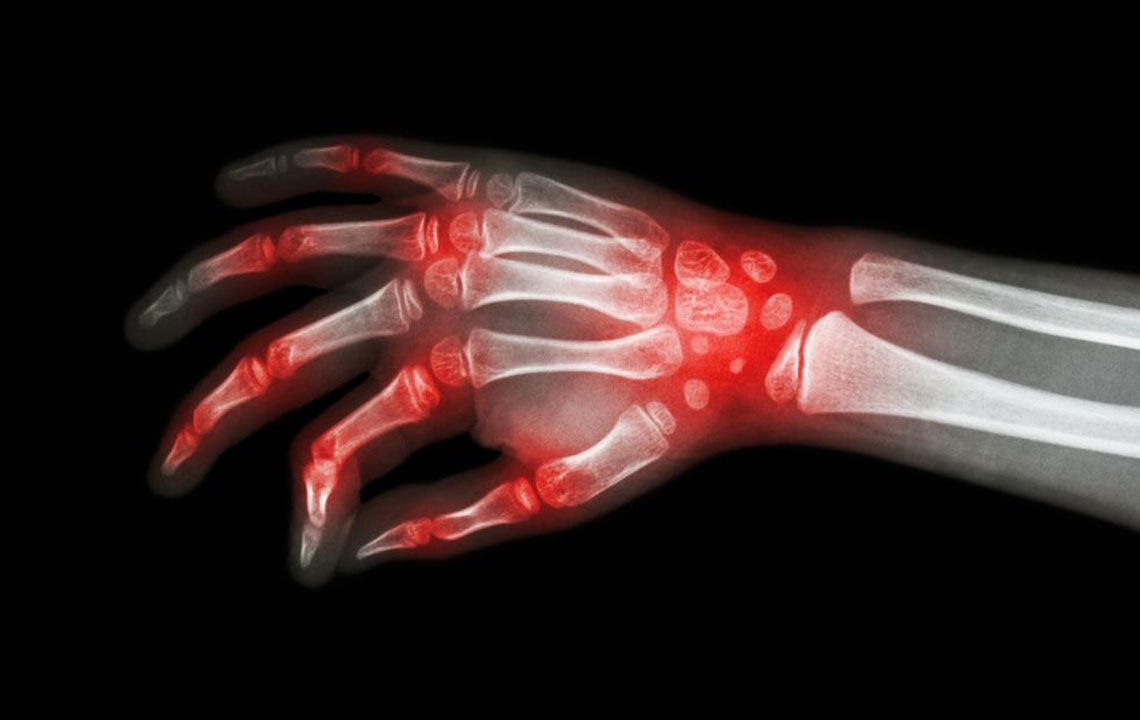Key Insights into Rheumatoid Arthritis and Systemic Lupus Erythematosus
This article provides essential information on rheumatoid arthritis and systemic lupus erythematosus, highlighting their symptoms, risk factors, and the importance of early diagnosis. It explains how these autoimmune diseases can coexist and affect different organs, emphasizing the need for prompt medical attention for effective management.

Key Insights into Rheumatoid Arthritis and Systemic Lupus Erythematosus
Rheumatoid arthritis (RA) and systemic lupus erythematosus (SLE) are autoimmune diseases that primarily cause joint and skin issues, respectively. While both involve inflammation, RA mainly targets joints, leading to pain, swelling, and potential deformities. In contrast, lupus can affect the skin, causing rashes, photosensitivity, and organ involvement such as the kidneys and heart. Despite being distinct illnesses, these conditions occasionally coexist, especially due to shared genetic factors. Recognizing symptoms and risk factors early enables better treatment and management strategies.
Prevalence of Co-occurrence
The coexistence of RA and lupus is common, with some lupus patients possibly developing rheumatoid arthritis. There is about a 1% risk for overlapping RA among lupus sufferers, and a genetic link exists between the two diseases.
Symptoms such as joint pain, swelling, and inflammation are prevalent in both conditions. Lupus may also present with a butterfly-shaped rash on the face, sensitivity to sunlight, mouth ulcers, and organ complications like heart or kidney issues.
Risk Factors
Women, especially postpartum, face higher chances of developing RA, influenced by hormonal shifts. Family history and environmental exposures also elevate risk levels. Lupus shares similar risk factors but can cause additional problems like kidney and heart inflammation, along with central nervous system damage. RA increases the likelihood of osteoporosis, lung diseases, and cardiovascular problems. Early diagnosis is crucial for effective treatment and management of these chronic conditions.










